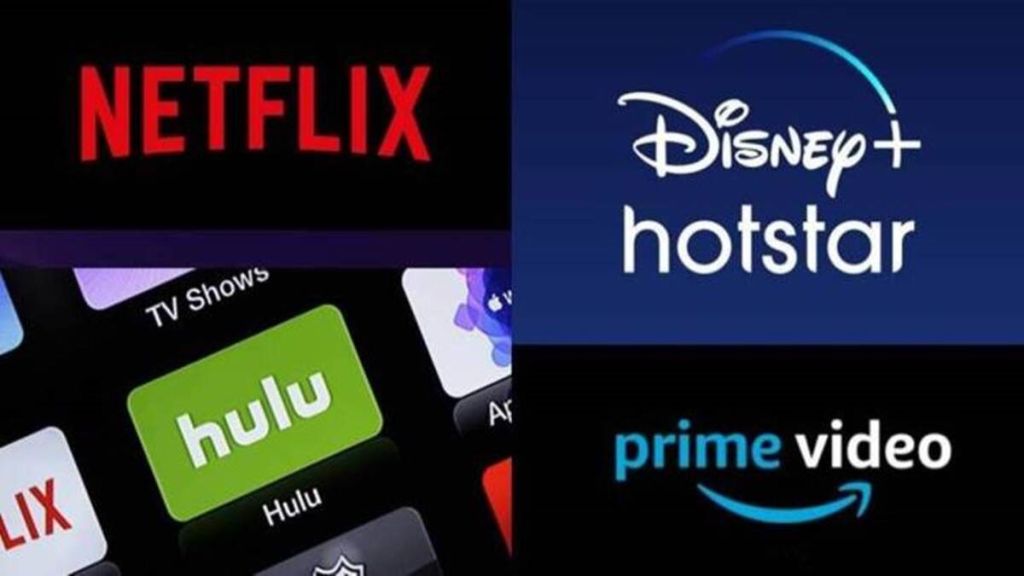by Prabhat Gusain
From the ink-stained pages of 18th-century magazines to the digital realm of today’s streaming services, subscriptions have become an integral part of our daily lives. They offer us access to a world of content, experiences, and convenience.
But what separates the successful from the forgettable in this world of recurring charges? And how can businesses dance on the fine line between predictability and avoiding that dreaded subscription fatigue?
We explore the psychology behind subscriptions, their evolution, and strategies for effective implementation.
Netflix: The OG
The advent of Netflix in the early 2000s marked a pivotal moment in the subscription revolution. With its disruptive model of unlimited access to a vast library of content, Netflix transformed the traditional rental industry. Similarly, Apple’s introduction of the App Store and the subsequent rise of mobile app subscriptions reshaped the way we consume music, news, and fitness.
Businesses quickly realized the potential of recurring revenue. As companies shifted from transactional to relational models, they began to understand the significance of consistent, predictable revenue streams.
Netflix transitioned from DVDs to streaming, captivating audiences worldwide. Adobe shifted from selling software licenses to a subscription-based model, ensuring customer engagement through regular updates and features. Metrics like Churn Rate, Monthly Recurring Revenue (MRR), and Customer Lifetime Value (CLV) became crucial indicators of success.
The Psychology Behind Subscriptions
Predictability plays a significant role in the success of subscription models. Humans crave routine and find comfort in knowing what to expect. Subscriptions offer a sense of security by providing consistent value. However, over time, this can lead to subscription fatigue, where users accumulate monthly fees without fully realizing their value. To combat this, businesses must constantly strive to deliver authentic and compelling experiences to their subscribers.
Subscription models are not merely about products; they are about fostering relationships. Successful businesses understand that maintaining consistent value is crucial for customer retention. Amazon Prime, for instance, combines fast shipping with Prime Video and other perks to create a comprehensive customer experience.
Types of Subscription Models
There are several popular models for pricing and monetization of digital products and services. One common model is freemium, which allows users to access basic features for free while offering premium features at a cost. For instance, Spotify offers free music streaming with ads but provides an ad-free experience and offline listening through its paid version.
Another model is tiered subscriptions, where multiple subscription levels are offered, each providing a different range of features. Dropbox, for example, offers different storage limits based on subscription tiers.
Pay-as-you-go is another pricing model, where users only pay for the services or features they actually use. Cloud services like AWS typically employ this model, where users are billed based on the amount of storage or computing power they consume.
Fixed-period subscriptions are also common, where users pay a fixed amount to access an app or service for a set period of time. Meditation apps often provide monthly, quarterly, or yearly access options.
Strategies for Successful Subscription Models
To ensure the success of subscription models, businesses should implement several strategies. First, they should regularly update premium content or features to maintain perceived value and encourage users to upgrade or maintain their subscriptions. Clear pricing transparency is crucial to build trust, so businesses should communicate costs clearly and avoid hidden charges. User-friendly cancellation processes should be in place to minimize negative feedback and foster trust with subscribers.
Offering trials or discounts can entice users to try premium subscriptions, and push notifications or in-app messages can be used to promote these offers. Engaging with subscribers and actively listening to their feedback is essential, as it helps businesses understand their needs and preferences. By implementing surveys and feedback mechanisms, businesses can maintain an open dialogue with their subscribers. Additionally, continuously monitoring key metrics such as churn rate, customer lifetime value, and acquisition cost allows businesses to analyze performance and make informed decisions to adapt their strategies accordingly.
A recommended pricing strategy for a premium subscription plan is to structure tiered pricing. This approach involves offering different levels of features and benefits at varying price points.
The first tier is the freemium level, where basic features are offered for free. This helps to lower the entry barrier and attract new users who can experience the product or service without any cost.
The second tier, known as the standard level, is positioned at a mid-range price point. This tier incorporates additional enhanced features that provide added value to users. It caters to the majority of users who are looking for a comprehensive experience but may not require all the advanced features.
The third tier, the premium level, is offered at a higher price point. This tier is designed to appeal to power users or businesses that require exclusive features, advanced customization options, or VIP perks. The premium tier is targeted towards users willing to pay a premium for a top-tier experience and maximum benefits.
Final Word
Subscription models have revolutionized the way we consume products and services. By understanding the psychology behind subscriptions, businesses can build lasting relationships with their customers. Offering value, maintaining transparency, and engaging with subscribers are keys to success. Forward-thinking strategies, coupled with effective pricing structures, can create sustainable revenue streams and ensure the longevity of consumer apps in an increasingly digital-centric world.
The author is the co-founder and CEO of CoFounder App


